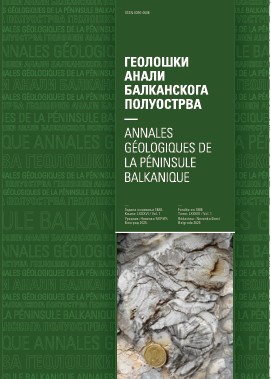Late miocene ostracodes of Serbia: Morphologic and palaeoenvironmental considerations
Abstract
About 11.5 million years ago, a tectonic uplift of the Eastern and Western Carpathians separated the Pannonian Basin from the rest of the Paratethys. This orogenesis event caused an unconformity between the Sarmatian brackish sediments and the Pannonian lake-sea deposits. More than 6 Ma later, in these parts of the Paratethys, changes in the geographic framework, hydrological conditions and brackish - caspibrackish water chemistry led to the disappearance of restricted marine forms of life. A few euryhaline and marginal marine species survived this environmental change. Among the ostracodes, some originally freshwater taxa, such as Candoninae, entered the lake-sea. Many lineages show gradual morphological changes. The older, low diversity ostracode fauna from the Lower Pannonian dispersed to the endemic species and genera during the Upper Pannonian. This interval is assigned as the "bloom time" for many ostracodes, both qualitatively and quantitatively. This time sequence is the last appearances of genera such as Aurila Cytheridea, Propontoniella, etc. and simultaneously, the first appearances for many new genera, such as Zalanyiella, Serbiella, Camptocypria Sinegubiella etc. During the Pontian, migration processes were present. Therefore, it can be supposed that many eastern Paratethyan forms have Pannonian origin.
Copyright (c) 2006 Geološki anali Balkanskoga poluostrva

This work is licensed under a Creative Commons Attribution 4.0 International License.










